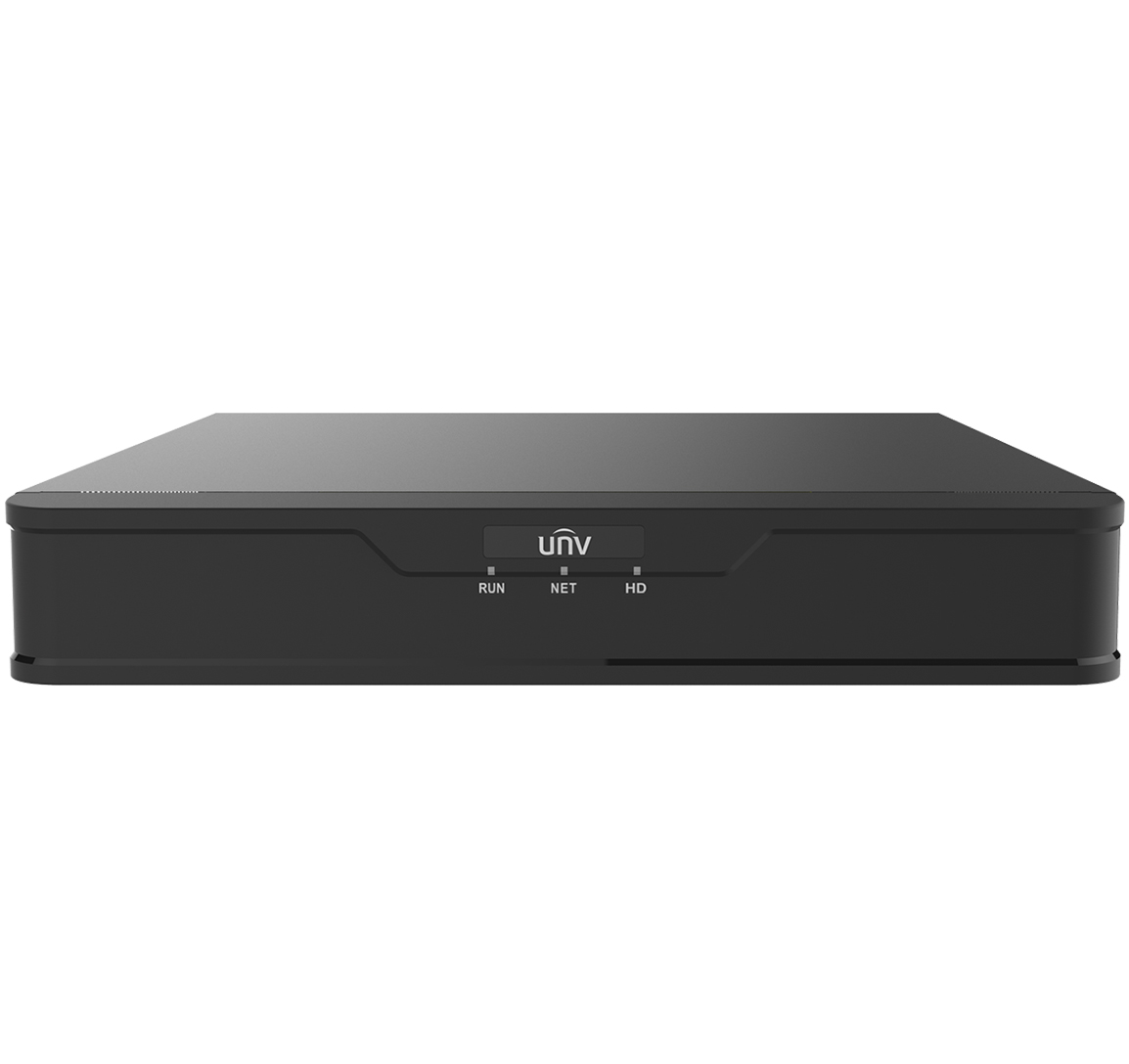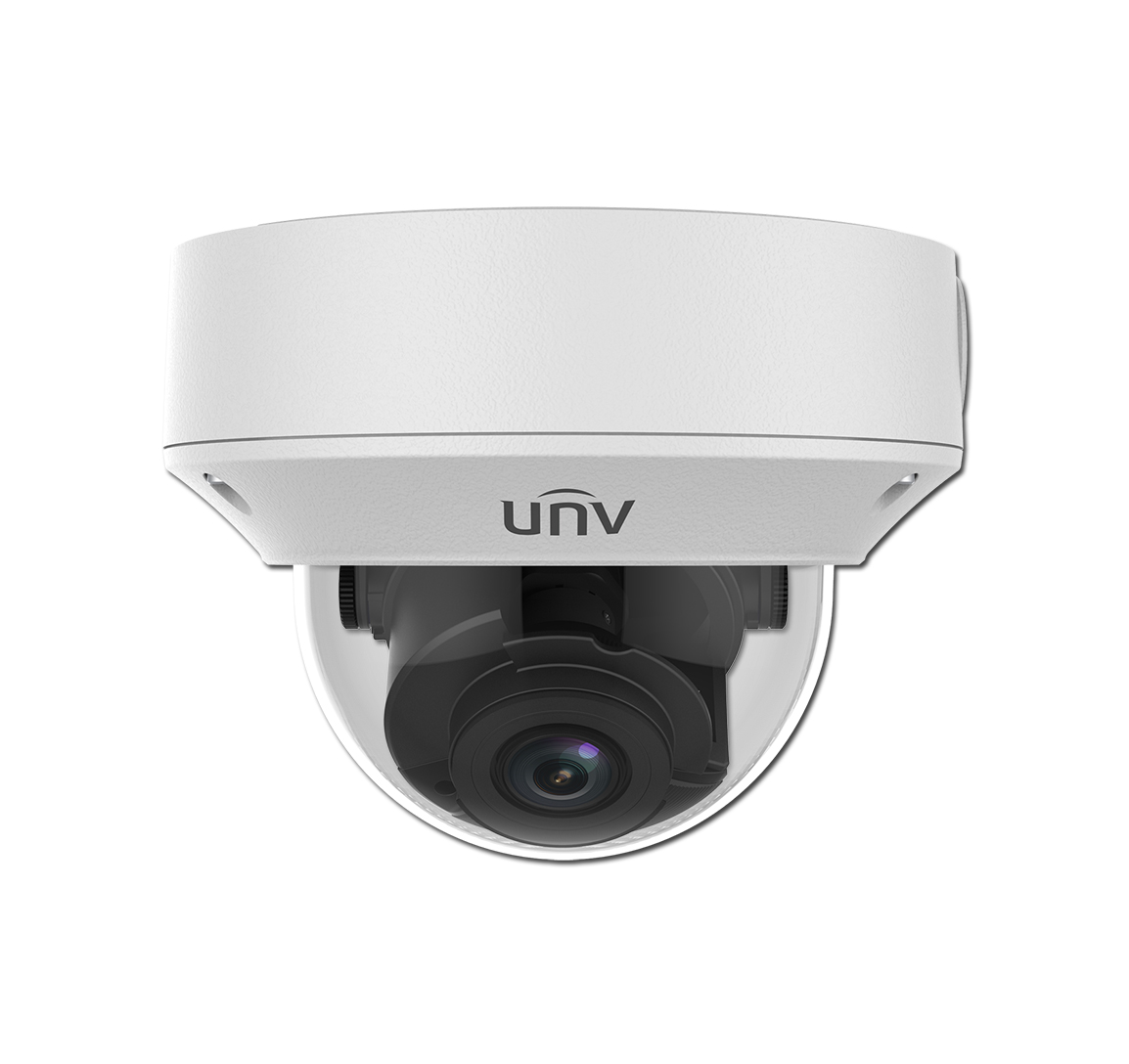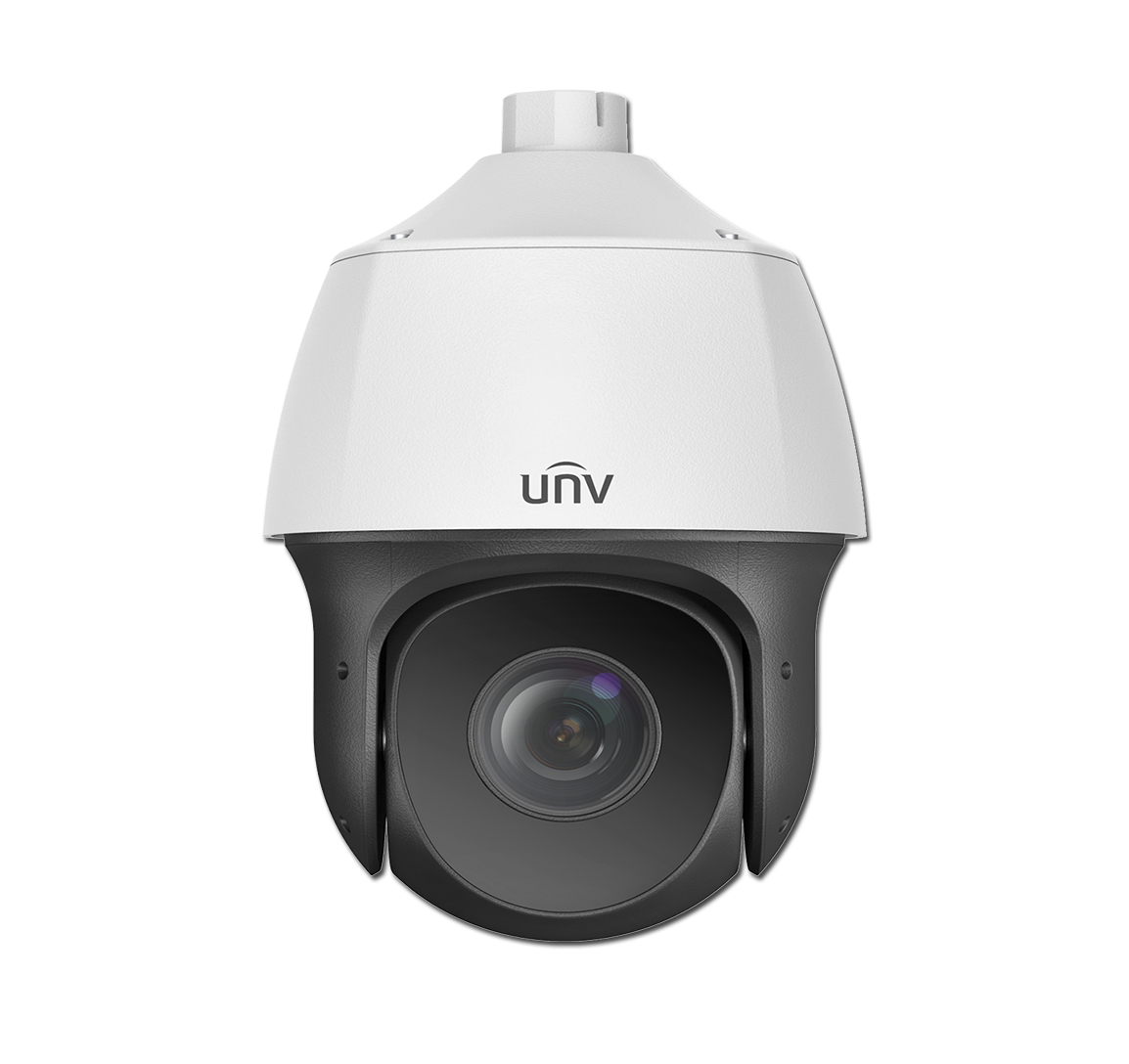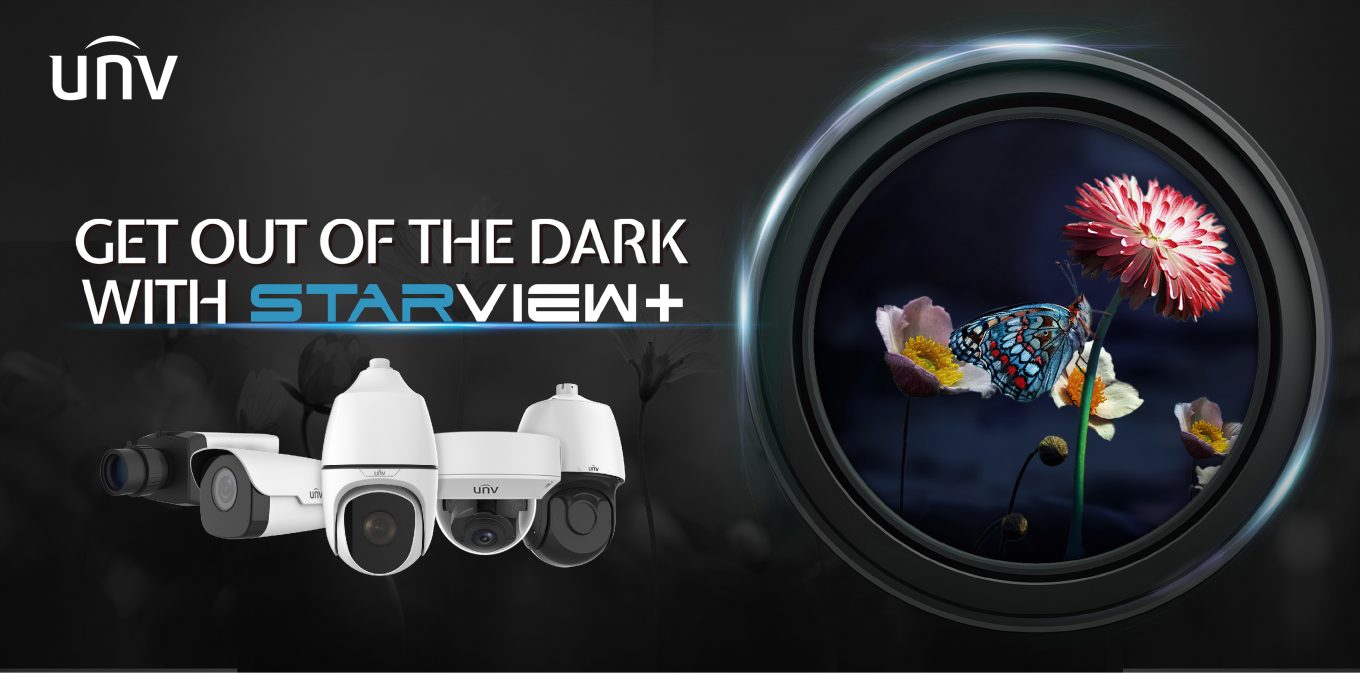
64 Channel NVR 12MP details.
– 64 Channel Video & Audio
– Plug & Play for UNV Cameras
– Supports up to 12MP IP Cameras
– Bandwidth IN: 320Mbps, OUT: 320Mbps
– 2HDMI, VGA & SPOT Output
– VCA with Compatible Cameras (see Special Features)
– ONVIF Compliance (Profiles S, G, C, Q, A, T)
– Supports H.264, H.265 or Ultra H.265
– ANR Technology to Enhance Storage (see Special Features)
– Supports RAID 0, 1, 5, 6 and 10
– Fisheye dewarping
– Support N+1 Hot spare
– Support for 12V Power output
– Alarm 16 In, 4 Out, Two-way Audio
– Mac Compatible
– Compatible with Sentinel Remote Monitoring
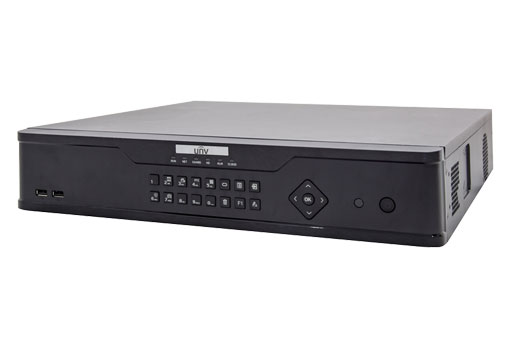
Special Features.
RAID (Redundant Array of Independent Disks)
RAID is a data storage technology that combines multiple hard drives into one or more logical units. The purposes of this are data redundancy, performance improvement, or both. This NVR can perform the following different configurations of RAID:
RAID 0 – Combining all hard drives into one “logical” drive. This configuration gives higher speed, the most amount of usable space, but with no redundancy. If one drive fails, all the data will be lost.
RAID 1 – Data is written to each hard drive, creating a “mirrored” set of drives. This configuration provides the least amount of usable space, but with redundancy. If one drive fails, no data is lost.
RAID 5 – This requires at least 3 hard drives to work. This configuration provides a medium amount of usable space, with redundancy. If one drive fails, the unit will assess the missing data and rebuild it. Any more than one failed drive (at any one time) will result in total loss of data.
RAID 6 – This requires at least 4 hard drives to work. This configuration provides less usable space than RAID 5, but with more redundancy. If two drives fail, the unit will assess the lost data, and rebuild it. Any more than two failed drives (at any one time) will result in total loss of data.
RAID 10 – This is a combination of RAID 0 and RAID 1. This requires at least 4 hard drives to work. This configuration provides high speed, a medium amount of usable space, with redundancy. If one drive per RAID 1 fails, the unit will assess the missing data and rebuild it. Any more than one failed drive per RAID 1 (at any one time) will result in total loss of data.
VCA (Video Content Analysis)
VCA is the ability to automatically analyse video to detect temporal and spatial events. The feature requires VCA support from the camera and NVR. This NVR has the capability to do the following:
Intrusion Detection – Entering and loitering in a pre-defined virtual region
Line Crossing – Detect when a pre-defined virtual line has been crossed
Motion Detection – Movement within a pre-defined virtual region
Recognition – Face and audio detection
Tamper Identification – Detect when the camera has been physically tampered with
Statistical Analysis – People counting
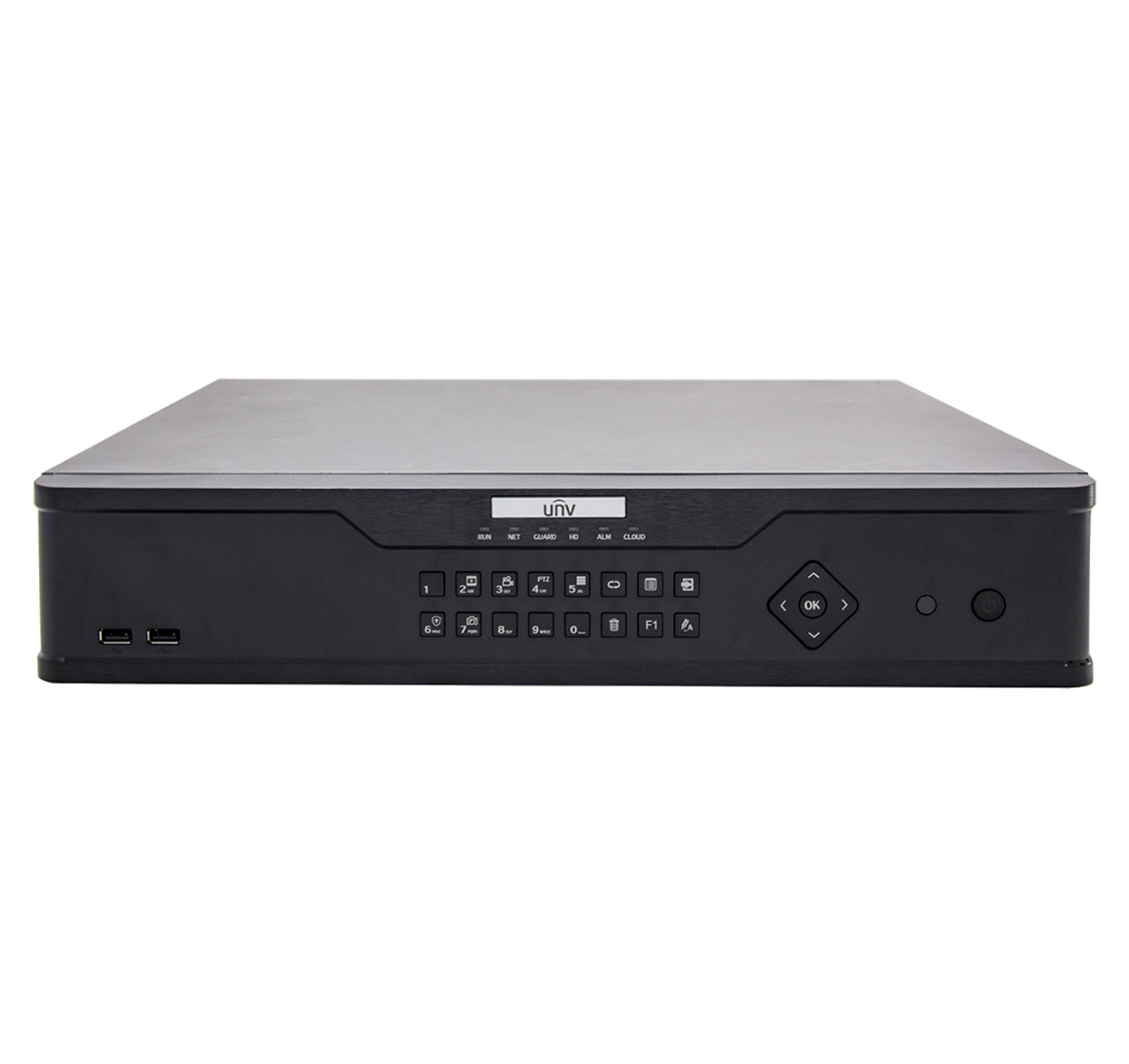
Special Features.
ANR is a feature which allows a camera to record to an onboard MicroSD card, if it loses connection with the NVR. Once the connection has been re-established, the footage is transferred to the NVR. This feature requires ANR support from the camera and NVR.
Dewarping is a feature which allows an NVR to dewarp the 360° image from a fisheye camera. This makes the image much more usable as the image is flattened and not warped.
LPR is the ability to automatically analyse video to detect vehicles and number plates. This allows the NVR to record footage as normal, but also record and store license plates. This is done using the Uniview LPR camera (IPC262ER9-DUZIT-ME).
N+1 Hot Spare
To use the Hot Spare feature, you must have 1 additional NVR to your total quantity of NVR’s. If a live NVR loses network connection or fails for any reason, the hot spare NVR will take over to ensure data integrity and reliability. When the failed NVR comes back online, the hot spare NVR will send the recorded data back to the original NVR, and then will revert back to Hot Spare mode.

